Disclaimer: This blog post contains affiliate links. If you make a purchase through these links, I may earn a small commission at no additional cost to you. Learn More. Thank you for supporting our garden community.
How to Plant, Grow, and Care for Hardy Kiwi Vines
Last Updated: September 6, 2024
Do you love kiwis? Have you ever considered growing your own? If so, you might be interested in the hardy kiwi, which is a smaller, more cold-tolerant version of the familiar, fuzzy fruit. In this blog post, we’ll cover what hardy kiwi is, how to grow it, and what you will need to know about caring for your hardy kiwi plants. Check out the following links to purchase useful products for cultivating hardy kiwis.
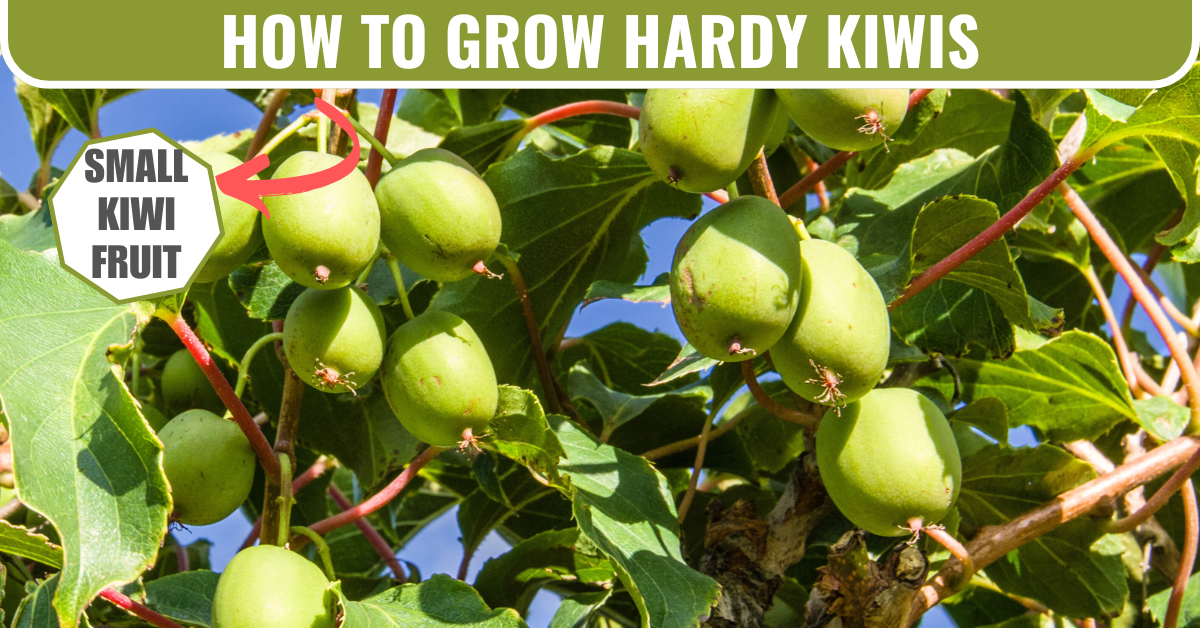
I personally grow the “issai” hardy kiwi variety, as it is self-fertile, meaning that I don’t need a male and female plant.
This variety is more reliable and produces more fruit per plant compared to other hardy kiwi varieties.
How to Grow Hardy Kiwi Vines
Here’s what you’ll learn from this article:
- Harvesting and Uses: You will discover when and how to harvest hardy kiwi fruits, along with ideas for using them in cooking and preserving.
- Planting Basics: The ideal conditions for growing hardy kiwi, including the best soil types, sunlight requirements, and spacing recommendations are also provided in detail.
- Care and Maintenance: We will reveal how to care for hardy kiwi plants, including watering, pruning, and fertilization tips to ensure healthy growth and abundant harvests.
- Pest and Disease Management: Finally, common pests and diseases that affect hardy kiwi plants and how to manage them effectively will be introduced.
The History of Kiwis
Kiwis have a long and storied history. The fruit we now know as the Kiwi grew wild in the high-altitude forests of south-central China and was first brought to the attention of Westerners in the early 1900s by a New Zealand schoolteacher, Mary Isabel Fraser.
The fruit was eventually renamed “kiwi” after the kiwi bird, which is native to New Zealand.
What is a Hardy Kiwi?
The hardy kiwi (Actinidia arguta) is a fruit-producing vine that is native to China, Japan, and Korea. That being said, the hardy kiwi is capable of withstanding temperatures all the way down to -30 degrees C (-22 degrees F).
Despite its miniature size, this small fruit packs a punch: it’s loaded with vitamins, minerals, and antioxidants and has a tart, sweet flavor that’s unlike any other fruit you’ve tasted before.
Hardy kiwi is lesser known compared to its more famous cousin, the fuzzy kiwi (Actinidia deliciosa), but it’s rapidly gaining popularity in the gardening community because it’s easier to grow and yields fruit more quickly.
Unlike traditional kiwis, hardy kiwis are grape-sized and do not possess the fuzzy skin, meaning they can be eaten in one shot.
Nature Hills Nursery, a reputable online nursery, carries hardy kiwi plants for sale. To buy one for your garden, check them out: buy hardy kiwi vines from Nature Hills Nursery.
The Right Climate for the Hardy Kiwi
Hardy kiwi is most commonly grown in USDA Hardiness Zones 3-8, which includes much of the northeastern United States. But, as mentioned previously, this variety of kiwi fruit is cold-tolerant and can withstand temperatures as low as -22°F, making it a great option for those in colder climates!
If you attempt to grow these plants in any zone lower than zone 8, you may not get any fruit at all. This is because hardy kiwis require a certain amount of chill hours (hours in the cold months where the temperature is below 45 degrees F) to produce fruit the following season. Hardy kiwis require approximately 150 chill hours, so anything less will reduce fruit production significantly.
The Issai hardy kiwi variety typically needs about 400 chill hours, which is even more and requires a colder climate.
You can check out the Issai hardy kiwi variety here: Buy Issai hardy kiwi from Nature Hills Nursery.
If you live in any zone lower than zone 8, try growing regular kiwis as these require less chill hours (usually under a hundred).
Soil Conditions
Hardy kiwi plants thrive in fertile, well-draining soil. Before planting your vines, consider performing a soil test to determine the pH level. The ideal pH range for hardy kiwis is between 6.0 and 6.5. Make sure the soil is well-draining with lots of organic matter worked into it, such as compost or manure.
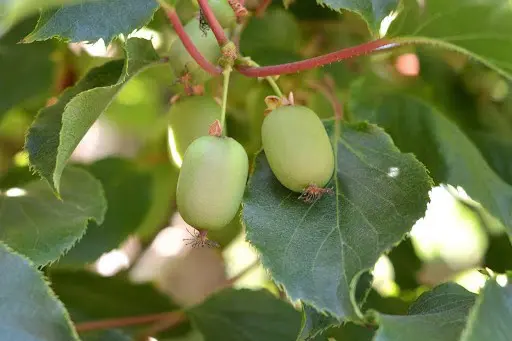
Sunlight Conditions
Hardy kiwi plants require full sun or partial shade. The plants should receive at least six hours of direct sunlight each day. This will help them produce masses of tiny kiwi fruits.
Watering
Hardy kiwi plants require regular watering, especially during the growing season. Aim to keep the soil moist but not waterlogged. An inch of water per week is usually sufficient, but this may vary depending on your soil type and climate.
To conserve water for your hardy kiwis, consider using an organic mulch to cover the surface of the soil.
Fertilizer
Fertilize your hardy kiwi plants in early spring with a balanced organic fertilizer, such as a 10-10-10 or 20-20-20 blend. Be sure to follow the instructions on the package, as over-fertilizing can harm the plants. But generally, organic matter, such as compost or manure, will do much of the fertilizing work.

Pollinating
Blooms will appear in the spring, usually anywhere from April to June (depending on your zone). My plant typically flowers in mid-spring, around late May or early June.
Hardy kiwi plants are not self-fertile, meaning you need both male and female plants to ensure proper pollination. Males are identified by their flowers, which have pollen-producing stamens but no pistils. Female flowers have both stamens and pistils.
Plant the male vines at a ratio of 1:4 to ensure that the female vines are adequately pollinated.
However, there is a hardy kiwi cultivar called “issai” that is self-fertile, meaning it contains both the male and female flower parts on the same plant. The issai hardy kiwi is the cultivar that I grow, as I don’t want to have to worry about pollination.
You can purchase an issai hardy kiwi from Nature Hills Nursery
Pest Management
Although hardy kiwi plants are generally resistant to insect pests, there is one that can damage the plant. Spider mites are the most common, sucking the sap out of the leaves of your plants. They form large webbed colonies of the vines and can decimate a crop.
Generally, increasing the humidity around your plants will get rid of spider mites, as they prefer dry conditions. Spray the plants with water every once in a while, making sure to get the undersides of the leaves. You can also add a castile soap mix to increase the pest fighting power.
On the other hand, many rodents and birds love to feast on the hardy kiwi fruits. You can prevent this by netting the fruits, or by making decoy fruits.
This works by tricking animals into thinking they can’t eat the fruit of the plant, meaning they won’t come back for the actual ripe fruit. I used red wrapping paper in the video, but you can easily swap it with green for the same effect.
Trellising
Hardy kiwi vines grow vigorously and require a strong trellis to support their weight. Build a sturdy trellis using pressure-treated lumber or metal posts and wire or nylon cord. Space the vines about eight feet apart and train them to grow along the trellis.
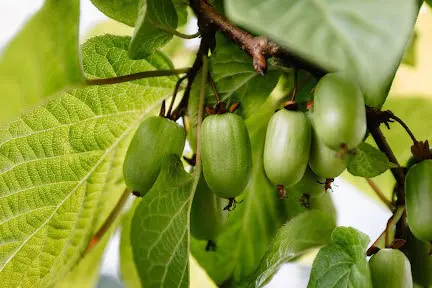
Harvesting
From planting to harvesting, it should take about 2 to 5 years to receive fruits from your hardy kiwis. Compared to other fruits, this is actually a good number. Harvest your hardy kiwi fruits in late summer or early fall, when they begin to turn slightly soft.
Your hardy kiwis should be the size of a grape when they are ready to harvest, but there may be some variance.
The fruits should be slightly tart but sweet, similar to a grape as well. Hand-pick the fruit, being careful not to damage the vines or the other fruits.
Frequently Asked Questions
Hardy kiwis grow very well in Canada, especially in Southern Ontario. The cold temperatures in the winter and long daylight hours in the summer make Canadian gardens the perfect places to grow hardy kiwis
The flavour profile of the hardy kiwi and fuzzy kiwi is very similar, without the acidity and with more sweetness.
From planting to harvesting mature fruit, your hardy kiwi can take anywhere between 2 and 5 years.
Hardy kiwi is considered an invasive plant in most parts of Canada and the United States. That being said, it’s important to consider the risks of this. If you are concerned about the invasiveness in your area, plant the vines in a pot and don’t let them spread too much.
Even More Gardening Ideas
Here are a few more posts to get the ball rolling in your garden!
Products
For all-purpose organic fertilizers, check out Arber.
To buy organic, non-GMO garden seeds, check out SeedsNow.
For a wide selection of perennial garden plants, check out Nature Hills Nursery.
For gardening equipment, check out Bootstrap Farmer
Growing hardy kiwi requires a bit of effort, but the reward is a delicious and unique fruit that is different from anything you can find in the grocery store! With proper care and preparation, your hardy kiwi vines will produce an abundance of fruit for you to enjoy.
If you learned something from reading this, then consider sharing it with other gardeners you know. Also, make sure to sign up for our email newsletter, where you’ll get fresh, new gardening tips and tricks every Monday and Friday.
If you want to learn more about gardening, foraging, nature, and sustainability, check out The Real Gardener on Instagram, YouTube, and Pinterest.
Pin this post for later:
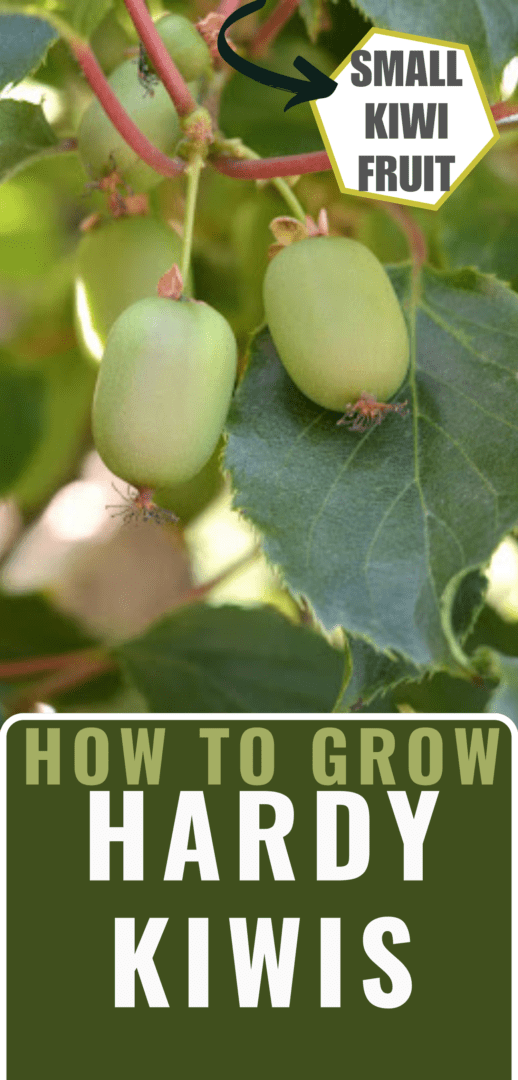
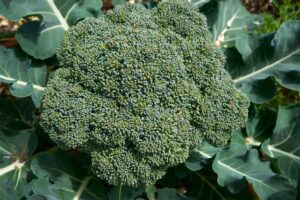
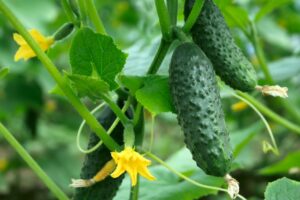
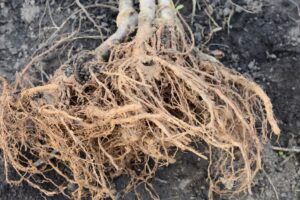
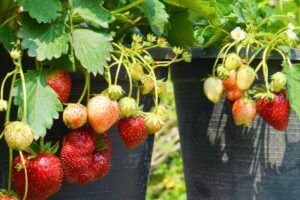
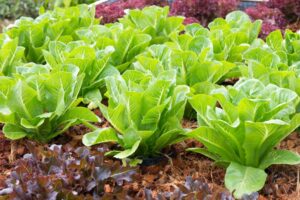
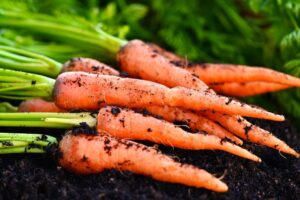
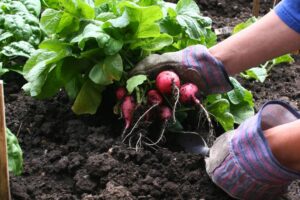
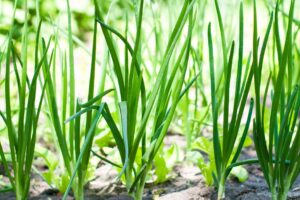
Leave a Reply